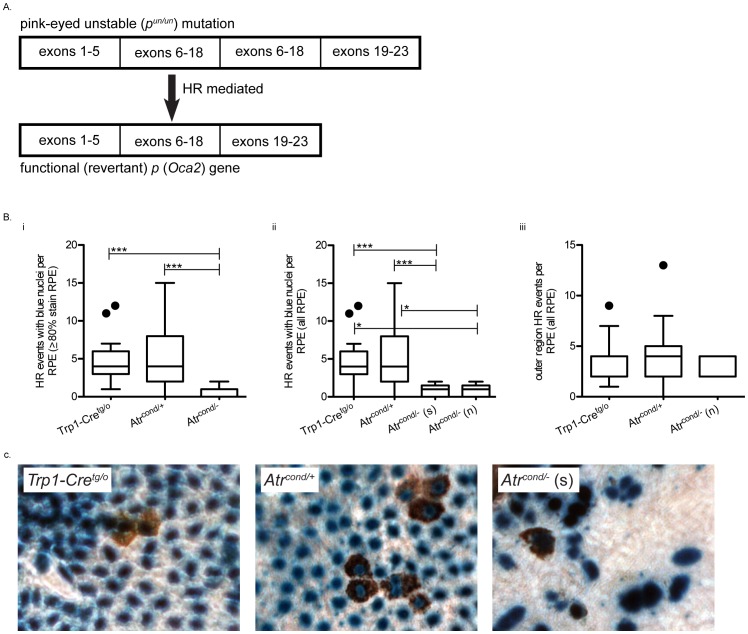Figure 3. Spontaneous homologous recombination repair is decreased in the absence of ATR in vivo.
Schematic representation of the pun mutation (tandem duplication of exons 6–18) in which a HR-mediated event facilitates the deletion of one copy of the repeat resulting in the reversion of the mutant allele to a functional p gene. Reversion (HR) events are scored phenotypically by counting the numbers of single or groups of cells in the RPE with brown pigmentation in their cytoplasm. (A). Loss of one copy of Atr does not affect HR frequency (i.e. the number of pun reversion events per RPE) (Bi and ii), whereas complete loss of ATR resulted in the significant decrease of HR frequency (Bi and ii). Within the outer clear region of Atrcond/− normal eyes (i.e. no β-gal activity suggesting the presence of a single copy of Atr), the HR frequency was not different from Trp1-Cretg/o and Atrcond/+ in similar regions (Biii). Representative eye spot images from different genotypes in B. Pigmentation can be observed in the cytoplasm following a pun reversion event in the RPE. Blue nuclei indicate nuclear-localized Cre activity (C). For (B and C) (s) Atrcond/− small and (n) Atrcond/− normal eyes; *P<0.05 and ***P<0.001.

